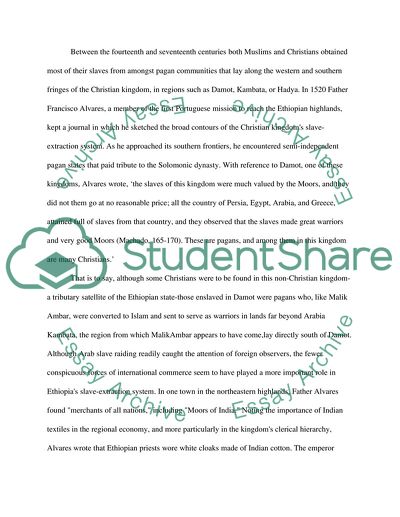Cite this document
(The History of the Indian Ocean Trade Essay Example | Topics and Well Written Essays - 1750 words, n.d.)
The History of the Indian Ocean Trade Essay Example | Topics and Well Written Essays - 1750 words. Retrieved from https://studentshare.org/history/1866033-you-name-it
The History of the Indian Ocean Trade Essay Example | Topics and Well Written Essays - 1750 words. Retrieved from https://studentshare.org/history/1866033-you-name-it
(The History of the Indian Ocean Trade Essay Example | Topics and Well Written Essays - 1750 Words)
The History of the Indian Ocean Trade Essay Example | Topics and Well Written Essays - 1750 Words. https://studentshare.org/history/1866033-you-name-it.
The History of the Indian Ocean Trade Essay Example | Topics and Well Written Essays - 1750 Words. https://studentshare.org/history/1866033-you-name-it.
“The History of the Indian Ocean Trade Essay Example | Topics and Well Written Essays - 1750 Words”, n.d. https://studentshare.org/history/1866033-you-name-it.


